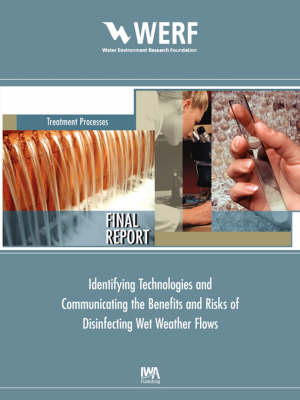WERF Research Report
1 total work
Identifying and Communicating the Benefits and Risks of Disinfecting Wet Weather Flows
by Peter E. Moffa and J. LaGorga
Published 1 November 2005
The primary objective of this project was to identify and communicate the benefits and risks of disinfecting wet weather flows by evaluating available disinfection technologies and identifying disinfection by-products and their potential risks to aquatic and human life. A decision-making framework was developed that could be used as a model to guide combined sewer overflow (CSO), sanitary sewer overflow (SSO) and stormwater (SW) disinfection control policies. This project was implemented as a case study in collaboration with the Onondaga County Department of Water Environment Protection (Syracuse, NY). A literature review was completed that identified appropriate disinfection technologies and the associated disinfection by-products. A disinfection demonstration was conducted to verify findings of the literature review and fill data gaps. The data collected during this project were used by local stakeholders to select the most appropriate technologies. Information regarding the benefits and risks of disinfecting wet weather flows was also presented to the public during a public workshop.
